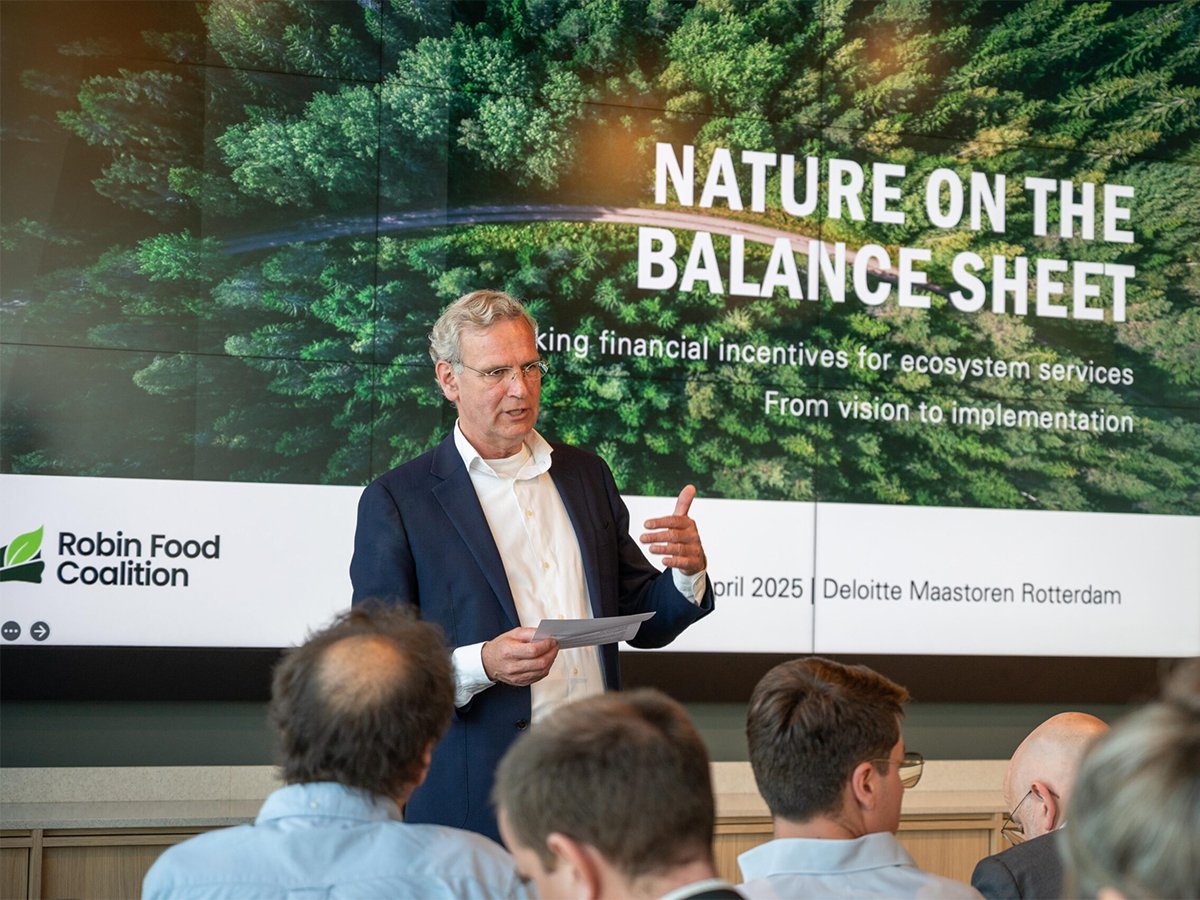They are the kind of nightmare stories that send shivers down Canadian farmers’ backs: Land out of production, bureaucrats looking over farmers’ shoulders in search of obscure endangered species.
For Idaho ranchers Eric Davis and Jim Little, they are not stories. They are real.
American endangered species rules have tied them up in rolls of red tape and they say the same could happen in Canada if similar legislation is enacted here.
Even though American supporters of the rules say the critics exaggerate the number of problem cases, Canadians have taken the hint. Canada will avoid the excesses of the U.S.
Read Also

Activist urges new way to measure profitability
Organic activist praises Mark Carney for spearheading the Task Force on Climate-related Financial Disclosures.
For Davis, who lives in an area where the entire agricultural base is threatened by government restrictions, it is vexatious.
“The hair that turned white is turning loose now,” he said. “It’s an agricultural area, but with only seven to nine inches (18-23 centimetres) of precip per year, without irrigating we’re not going to (be able to) grow what we grow.”
Davis grows alfalfa and corn. His neighbors grow potatoes, beets and small grains.
Without irrigation, the crop would be grass.
Yet the American Fish and Wildlife Service wants to stop producers from pumping water from the local aquifer.
Tiny creature, big problems
The reason is a tiny creature called the Bruneau Hot Springs Snail, which Davis describes as “a little black thing about the size of a speck of pepper.” The tiny, declining creature is found only in local springs, say federal officials.
Cutting off producers from the aquifer will provide more water for the springs and a better habitat for the snails, they believe.
Under American law, they can dictate the change without farmer approval once the snail is officially listed as endangered.
Luckily for Davis and his neighbors, the issue has been hung up in court for years. Still, he said he has no doubt what will happen if the wildlife service gets its way and lists the snail.
“When you get a federal employee that tells you every chance he gets ‘You can go easy, or you can go hard,’ it doesn’t do much for your comfort zone,” he said. “It’s those kind of things that scare you to death about moving into a recovery plan.”
A recovery plan comes from the government as soon as a species is listed as endangered. It can involve stringent land-use restrictions on farm and ranch land, including a ban on farming and on farm animals from areas where it is believed the endangered species live.
It can include banning water pumping from Davis’s local aquifer.
About 130 kilometres away from Davis’s ranch, Jim Little finds himself facing a new species in the forest land he rents from the U.S. Forest Service. It could mean disaster for him.
“We’ve constantly got more bureaucrats looking over our shoulders and monitoring to see we’re doing things right,” said Little, whose leased land contains Chinook salmon spawning grounds. “Everybody is pointing fingers at everybody else. We’re all getting beat up over it and the fish aren’t coming back.”
Land restrictions imposed
The forest service and the Fish and Wildlife Service have imposed restrictions on land use of areas that contain spawning streams.
For Little, that has meant putting up several kilometres of fences and hiring an extra rider for the 870 cow-calf pairs he and his associate have on the land, pushing costs up about 25 percent, he said.
A neighbor with a smaller operation gave up leased land rather than face the costs. Little said there often are conflicting messages from different government agencies.
He said the stress of dealing with so many government agencies is discouraging ranchers. “We’ve just grown so weary of all the regulations, the red tape and uncertainty of our operation that if we could have just got a reasonable price for it we would have just taken the money and run.”
Ironically, the two farmers voice some sympathy for the animals causing such grief.
Little said he appreciates the salmon, who have to swim 1,300 km from their Pacific ocean homes to breed in the streams that splash and splutter through his ranch. “They are a tough and remarkable animal.”
Davis said he doesn’t have anything against the Bruneau Hot Springs snail, but “I hope if you guys pass (an endangered species law) up there it’s better than the one down here.”















